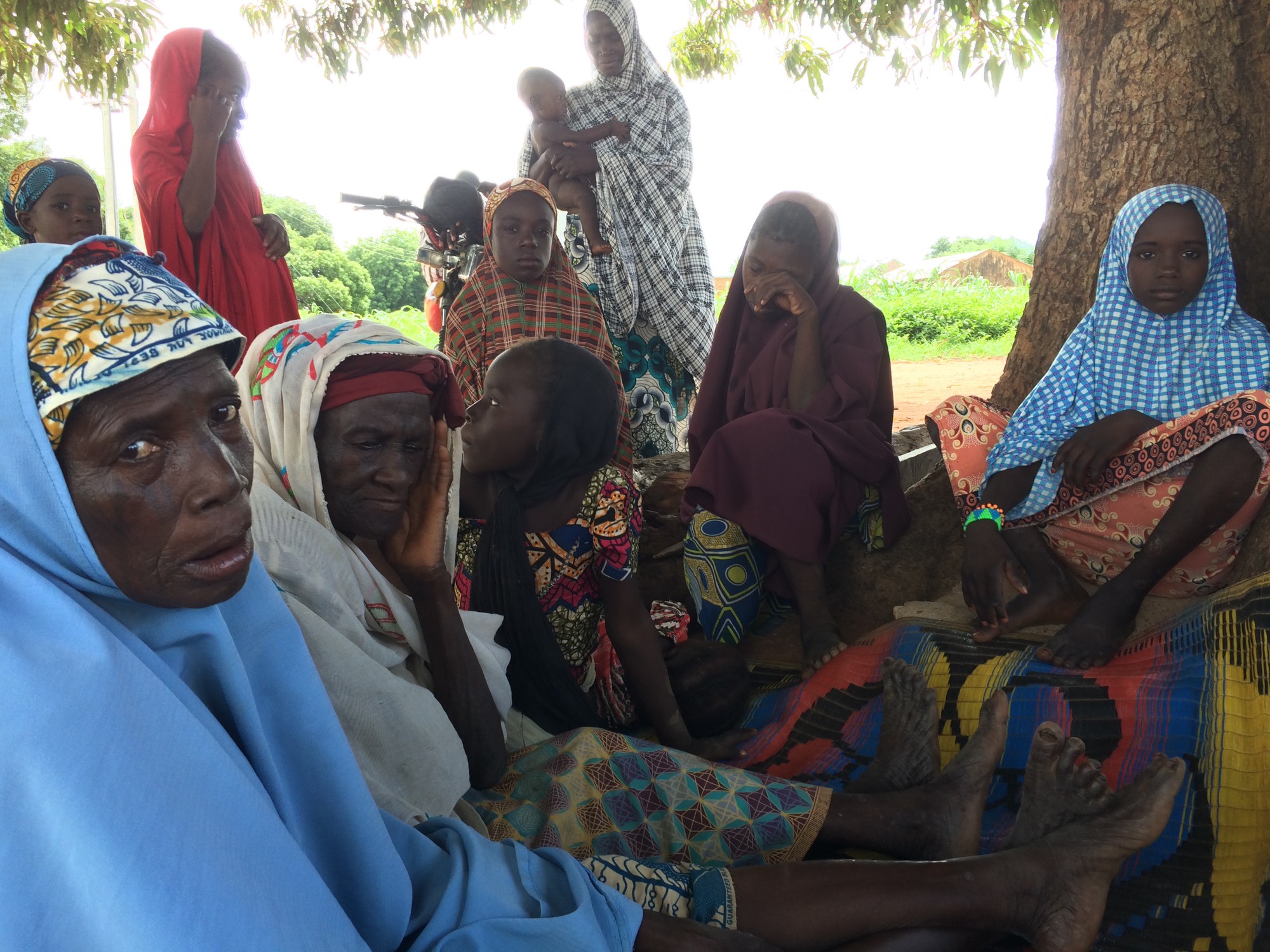Contribution of women to linguistic vitality in northwestern Nigeria
Abstract
Women are integral to society. Few would dispute this. Exactly how we validate women in the work of language documentation is not often overtly stated. We report on some contributions women make to the linguistic vitality and documentation of Kainji languages of northwestern Nigeria through (1) their contributions to the corpus of recorded data, (2) their role in intergenerational transmission and (3) their interactions with a female researcher in non-mixed gender environments, which often results in more confidence for the female speaker and more data for the researcher. By acknowledging their successes, how can we as researchers assist women to make their greatest contribution?
Each field situation has its challenges for the researcher; here we share lessons learned and methods for successful interaction with women in societies of northwestern Nigeria based on observations of behavior, interviews with local families and elicitation sessions in both female only and mixed gender settings.
Intermarriage between neighboring language groups is common; society is multilingual. On average, women speak two languages while men speak three or four. Paths of intergenerational transmission of the minority languages follow the mother-child relationship while paths of intergenerational transmission of trade languages follow the father-child relationship. As a result children often speak the minority language of their mother and to their mother, and they often interact with their father in Hausa and English, particularly along roadside settlements. Domains of language use are limited by areas of knowledge, and that knowledge transmission becomes directly tied to the language choice of the transmitter.
In mixed-gender elicitation environments, women are not silent, but they are not free to speak as they would in an all female environment. The female researcher benefits from interacting in non-mixed gender environments, which often results in more confidence for the female speaker and more data for the researcher. More data from female speakers enriches a corpus and the record of the language for future generations.
By integrating this new knowledge concerning the existing contributions of women, we can develop new expectations for the future contribution of women in language development and enlist them more readily in the tasks of documentation and maintenance.

u̱t‑Maꞌin women from New Kele Credit: Hugh Paterson III
Categories:
Subject Languages:
Mentioned Languages:
Countries:
Content Mediums:
Organizations: